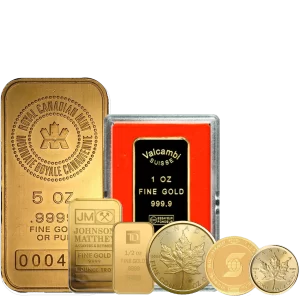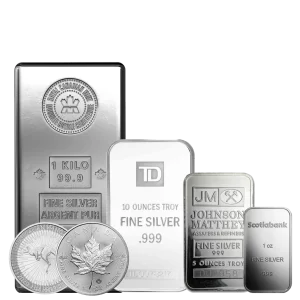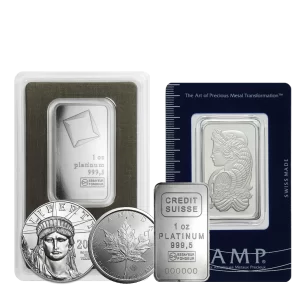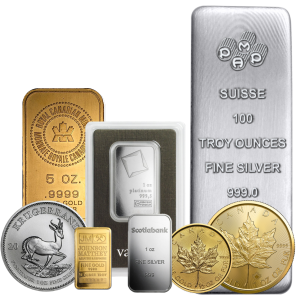What are precious metals and why do precious metals hold their value? Rare and expensive metals called precious metals are employed in investments, manufacturing, and ornamentation. Gold, silver, platinum, and palladium are the precious metals most widely recognized in the world. Since they are rare, possess special qualities, and they’re in high demand, precious…
Category: Silver
Testing Silver at Home: All You Need to Know
Silver is a precious metal that is often used to create jewellery, cutlery, and other long-lasting goods. It’s a delicate metal. No other metal captures the light as sterling silver does. A blend of silver and another metal, typically copper, makes up sterling silver. In the little amounts utilised in sterling silver, copper binds…
Zimbabwe Turns to Gold to Reclaim Control
In our newsletter last week we highlighted the dramatic difference in financial direction put forth by Western/European nations, and those that currently (and also hope to be) part of the BRICS economic coalition. It is becoming far clearer that the Western and European nations are going to continue to focus on illusionary wealth, while…
Silver Maple Coins and Silver Britannia Coins: Which is the Better Investment?
Understanding Silver Maple and Silver Britannia Coins The Royal Canadian Mint creates Silver Maple Coins, which are among the world’s purest silver coins with a metal content of 99.99%. They have been established since their initial introduction in 1988. While the reverse of the coin only depicts a maple leaf, the front portion…
Identify Fakes: An Expert Guide to Gold/Silver Bullion
A terrific approach to diversify your portfolio and reap from the potential appreciation of precious metals is to invest in gold or silver bullion. Yet, it’s vital to ascertain that the investments you make are genuine. After all, there is always a chance that you will make an unauthentic purchase while. Assessing the Packaging:…
 Hi,
Hi,




